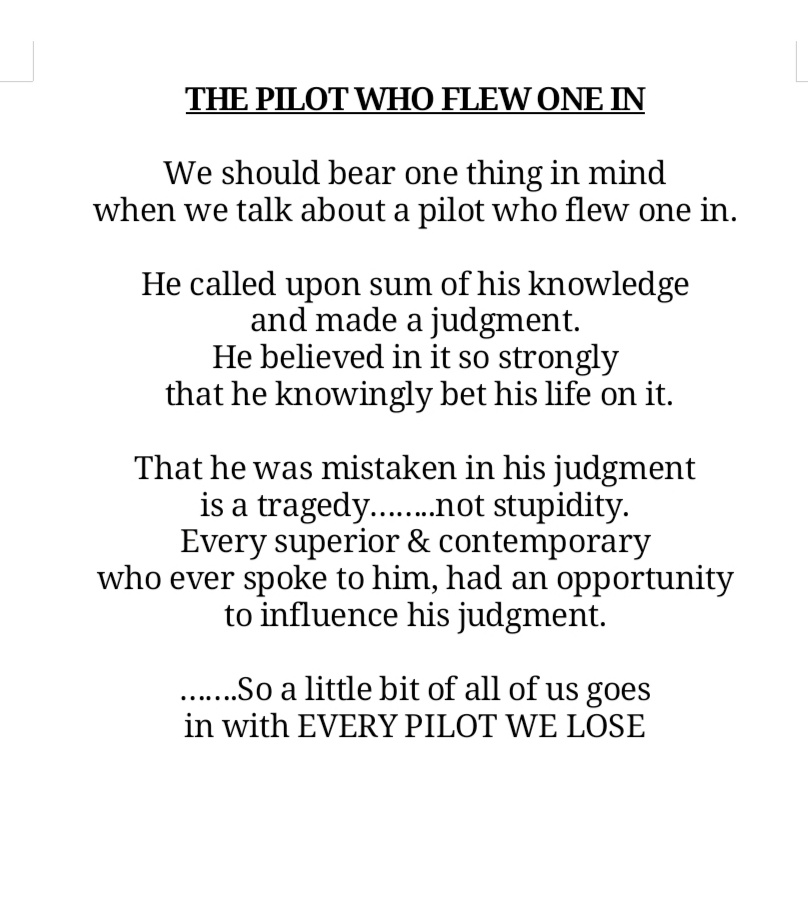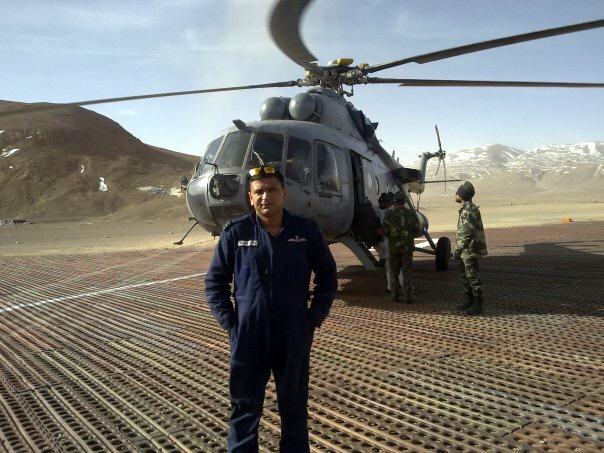On 7 August 2020, Air India Express Flight 1344, a COVID-19repatriation flight, part of the Vande Bharat Mission from Dubai, United Arab Emirates, to Kozhikode, India, overshot the runway during landing run at Calicut International Airport. The aircraft fell into a gorge killing 16 passengers, and both pilots. The remaining four cabin crew and 168 passengers survived, of whom over 100 were injured. A very tragic accident. The accident has rattled the nation, the aviation community, and especially all the pilots in particular. Flying is not inherently dangerous but it is terribly unforgiving. The aviation industry which was fraught with adversity and at times…
Tag: airlines
Is the Timing Right for SpiceJet and Indigo?
The COVID-19 virus has spread worldwide without acknowledging borders. It has impacted all industries, all sectors and all aspects of our lives with devastating effects.
Every Job is a Self-Portrait
Safety in military/commercial aviation continues to depend on good crew performance. Good crew performance, in turn, is founded on standard operating procedures that are clear, comprehensive, and readily available to the flight crew. Development of SOPs is most effective when done by collaboration, using the best resources available including the end-users themselves, the flight crews.
Recalculating Cost Index
The idea behind this article is to revisit the cost index with a view of ongoing pandemic and limited operations while balancing both fuel-and-time related costs.
Minimum Equipment List
A minimum equipment list (MEL) is a list which provides for the operation of aircraft, subject to specified conditions, with particular equipment inoperative (which is) prepared by an operator in conformity with, or more restrictive than, the MMEL established for the aircraft type.
Longest 60 seconds
Engine flameout on a single-engine jet. Read to find out what happens next.
Night Flying Tips for Ab Initio Pilots: Part 3 Human Factors
Flying at night presents a unique set of challenges, as well as opportunities.
NIGHT FLYING TIPS FOR AB INITIO PILOTS- PART 2
Flying at night presents a unique set of challenges, as well as opportunities.
Crosswind Landing Technique
The most commonly taught crosswind landing technique is the cross-control, or wing-low landing. The pilot slips the airplane to the runway with just enough cross control to keep the aircraft aligned with the centerline. Remember that the ailerons control the airplane’s lateral movement.
Distractions in Cockpit
The airlines make a conscious effort to expose its flight crew to the potential hazards of distractions. Strict adherence to the ‘Sterile Cockpit Rule’ is implemented. Cabin crew and ground staff are trained and instructed to refrain from interrupting the cockpit crew while they’re in the midst of a briefing or entering critical flight data into the FMS, including computation of takeoff speeds. Strict adherence to SOP is mandated and checklist discipline is reinforced during line and simulator training. The key here is for every company to “educate” it’s staff with regards to the challenge that is posed by distraction, affecting the safety of the flight.








